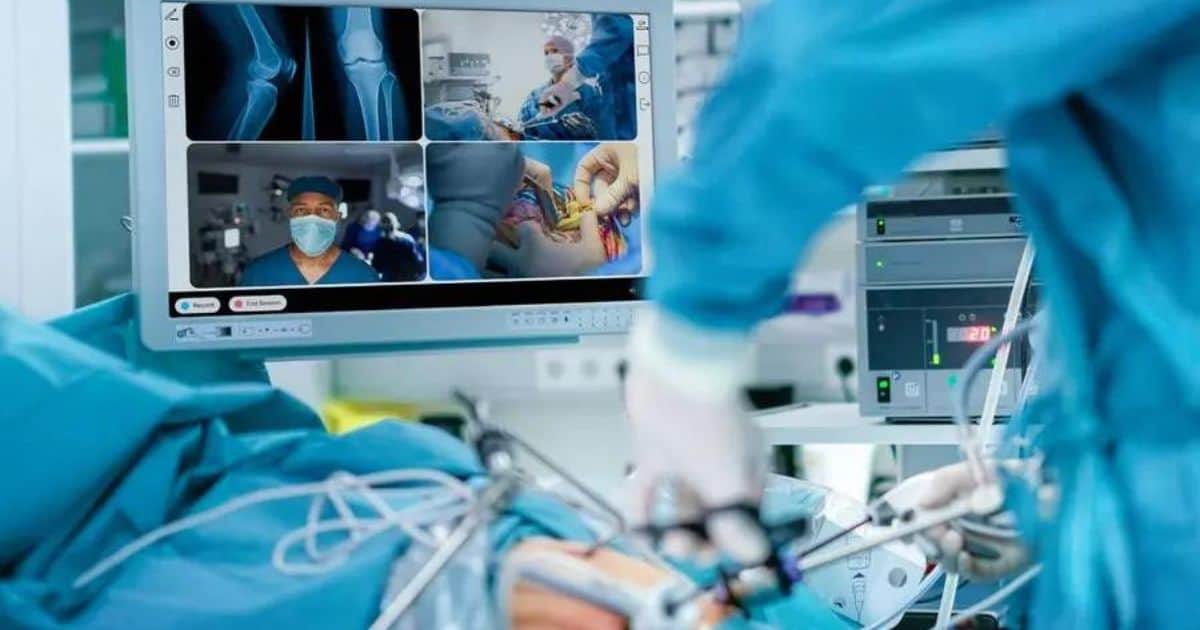
Video
University of Iowa Hospitals and Clinics Embrace Data-Driven Healthcare
Watch Now

Caresyntax Article
January 8, 2021
There are two fundamental yet contradictory trends playing out in operating rooms across the country. New technology that promises to revolutionize surgery is constantly hitting the market, making access to the OR for non-clinical personnel such as device representatives more important than ever. At the same time, COVID-19 has made that access nearly impossible.
OR access by non-essential personnel is important for many of the critical day-to-day operations that take place at hospitals, and these operations have suffered as a result of the pandemic. In order to facilitate a safe return to surgery and put hospitals in a better position post-pandemic, medtech representatives, medical school professors, and others need a virtual window into the operating room. The key question, of course, is what this virtual solution should look like. Is it just Zoom for the OR?
There are several opportunities to not only respond to the current crisis, but also to improve the existing OR model in order to make surgery safer, foster collaboration, and streamline real-world data collection even after the most serious threats from COVID- 19 recede. To accomplish this, telepresence in the OR should do the following:
Despite the rise in Zoom-like telepresence options for the OR, no solution existed that enables improved clinical support and increased collaboration with a focus on data analytics — all on a vendor agnostic platform. That’s why Caresyntax created our Data-driven Surgery Platform, a telepresence and analytics solution for the OR that improves surgical procedures, collaboration, and training, all while collecting troves of valuable, real-world data for benchmark comparison. The platform involves the installation of cameras that can monitor room workflow and instrument exchange near the incision site, along with a dedicated headset to communicate directly with surgeons or their care teams. A remotely maneuverable physical laser pointer enables telepresence within the OR for easier instruction.
With our Data-driven Surgery Platform, hospitals have access to critical video feeds that analyze surgical teamwork, efficiency, and errors in ways unattainable via in-person access. The resulting data provides valuable real-world insights for safer surgery, improved procedure throughput, and more efficient clinical and customer training. And this isn’t just a stop-gap measure for use during the pandemic — it’s a way forward that addresses present challenges while also allowing hospitals to improve standard practices and cut costs well after COVID-19.